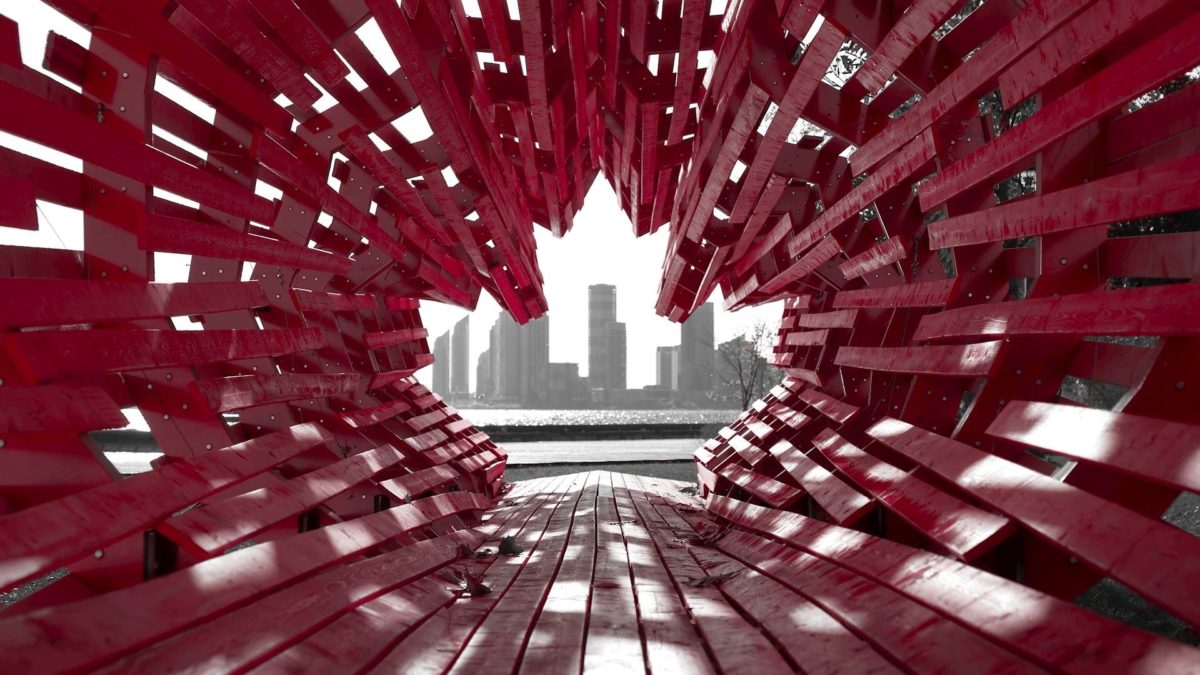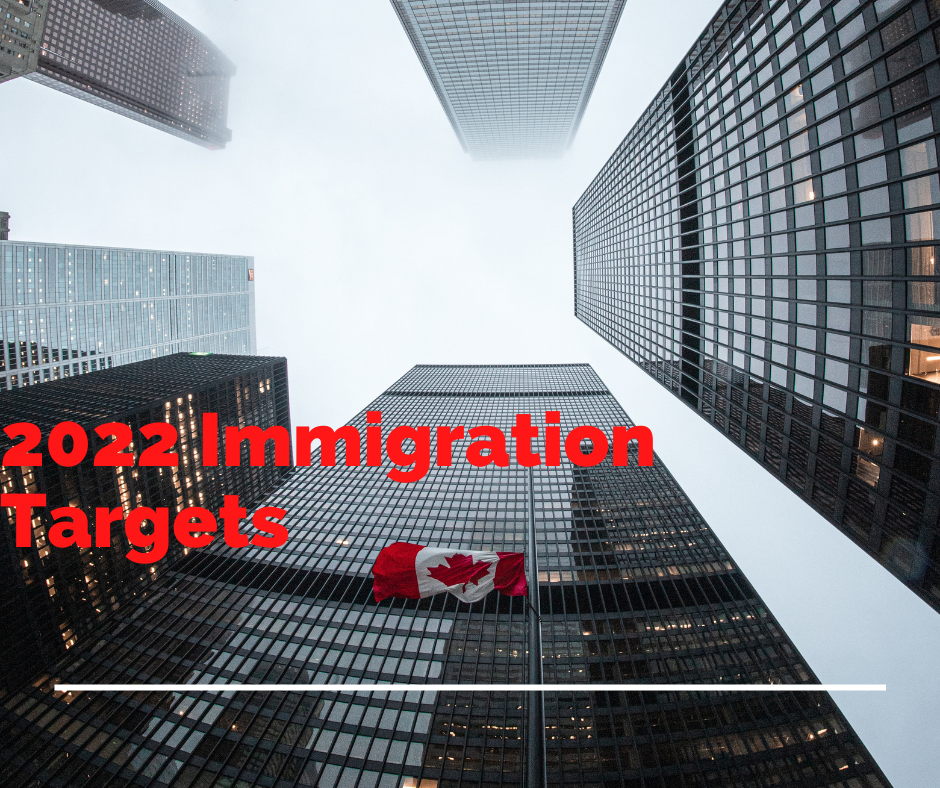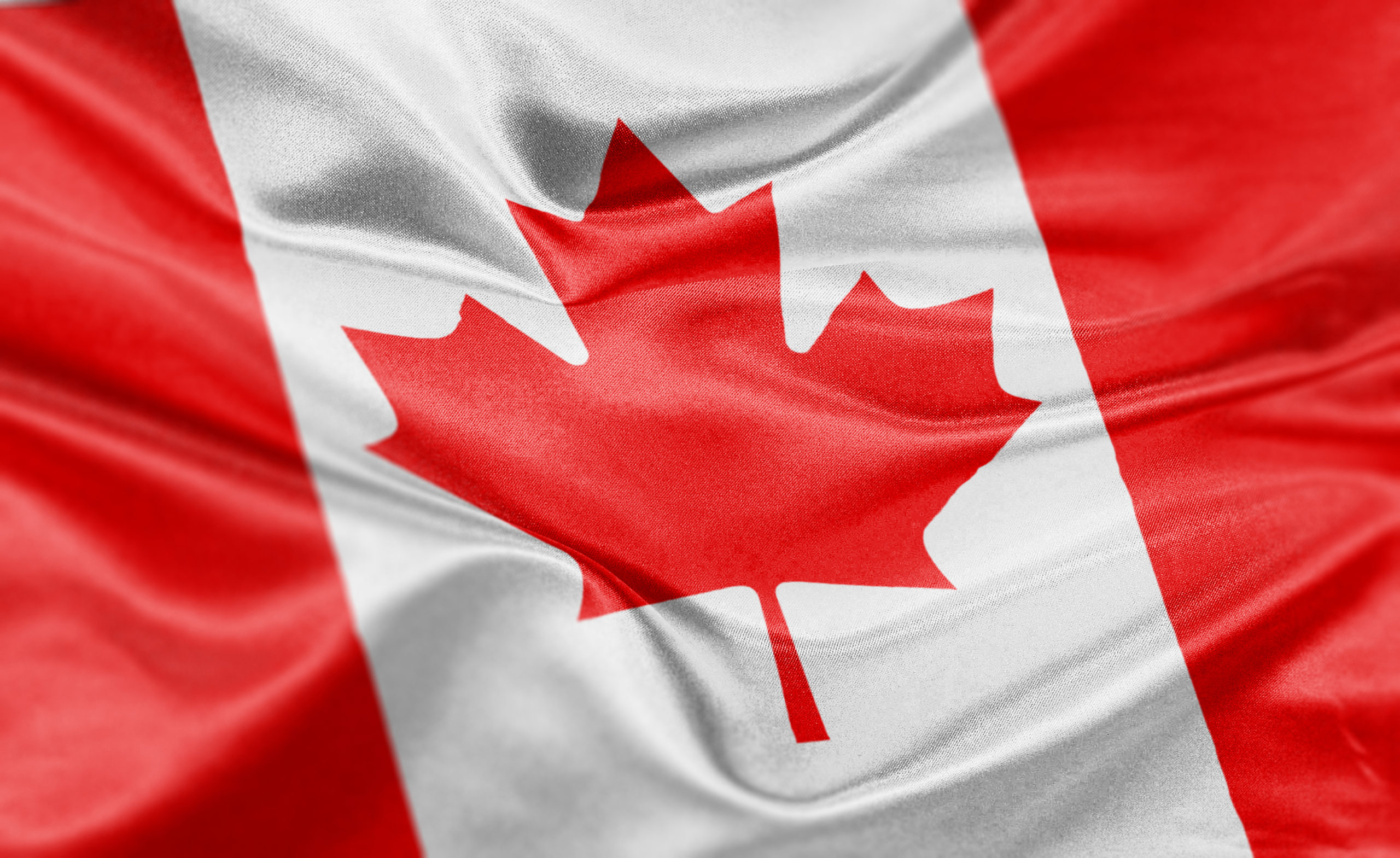What a Liberal minority government means for Canadian immigration
After Canada’s 2019 federal election came to a close on October 21, Justin Trudeau and the Liberals were reelected as the country’s governing party. However, due to the increased number of Parliament seats occupied by the Conservative party, Canada will now be operating with a Liberal minority government. What this means is that the government will need to be supported by another party in order to keep the confidence of Parliament and to pass any bills and policies. Many speculate that the party to support the Liberals will be the NDP, led by Jagmeet Singh.
Although the Liberals do not have the full sway of parliament, it is safe to assume that for the most part the house will be on the same page when it comes to the interests of immigration. Most of the parties maintain a positive stance on increasing Canada’s immigration rates, welcoming newcomers, and developing new programs to support immigration.
As the Liberals retain their position in Canada’s leadership, many assume that immigration policies will remain the same. For the most part, this seems to be the case. However, the party has outlined several new plans to increase the development of Canadian immigration.
Municipal Nominee Pilot Program
The Liberal government has cited plans to begin a pilot for the Municipal Nominee Program (MNP). The aim of this new program is bringing more newcomers to small cities and towns. Most of the provinces face the issue of losing immigrants in their smaller cities to the larger cities. While this is not as much of an issue in provinces with multiple large cities, seven provinces face this problem.
There is a good chance that the criteria for this new pilot will be similar to the Liberal government’s other pilot programs, the Atlantic Immigration Pilot (AIP) and the Rural Northern Immigration Pilot (RNIP). Most likely, employers in the municipal area would be able to select newcomers to support based on the business’s needs for labour. The pilot would be distributing up to 2,750 applicants to different municipal locations throughout the country. However, since the AINP and RNIP programs have launched, the MNP would likely exclude the Atlantic provinces and territories.
Citizenship Fees and Settlement Funding
One of the promises that the Liberal government recently made was to waive the fees for applying for citizenship. Now, it costs $530 to apply for citizenship. What’s more, there is an additional $100 “right to citizenship” fee. The government has proposed that $110 million be budgeted for citizenship in 2023-2024. This budget is a notable 40% higher than the current one. However, the increase would be in tandem with the predicted 40% increase in citizenship applicants by 2024.
The Liberal minority government also has plans to increase funding settlement programs for newcomers. The current settlement services budget is $1.5 billion. The government is looking to increase this budget gradually as immigration rates also rise. Settlement funding is put towards economic integration and social services to support newcomers.
Immigration Levels Increase to 350,000 by 2021
Long before the election the liberal government cited plans to increase immigration by approximately 10,000 individuals each year. While the intake goal for 2019 currently stands at 330,800, the plan for 2021 is to increase to 350,000 newcomers. If yearly immigration levels continue to increase at this rate, it is reasonable to assume that by 2023 Canada could be looking at a yearly intake of 370,000 newcomers.









